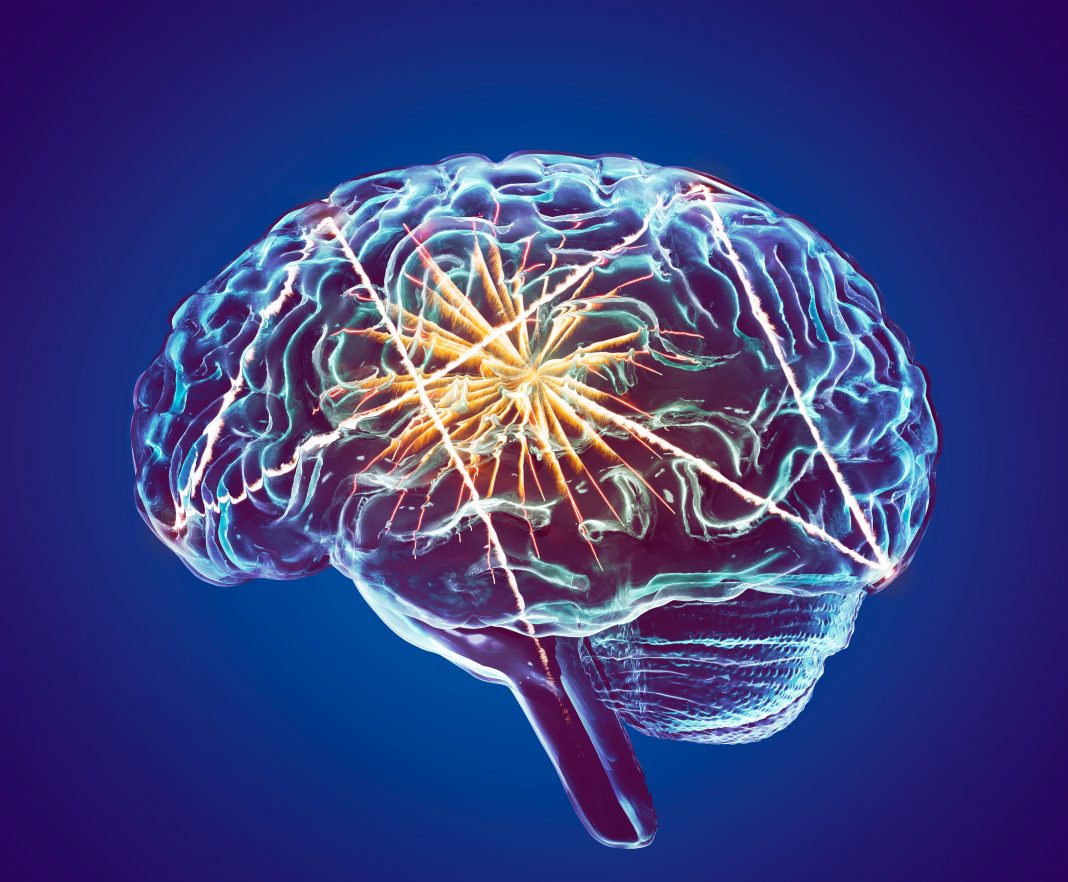Autoimmune encephalitis is a collection of related conditions in which the body’s immune system attacks the brain, causing inflammation. In this disease, a protein that plays an important role in signal transmission in the brain is disrupted: the NMDA-type glutamate receptor, or NMDA receptor for short. Now, researchers from Braunschweig, Jena, Leipzig, and Berlin have developed a new potential treatment in mice.
Their findings are published in the journal Brain in an article titled, “NMDA-receptor-Fc-fusion constructs neutralize anti-NMDA receptor antibodies.”
“N-methyl-D-aspartate receptor (NMDAR) encephalitis is the most common subtype of autoimmune encephalitis characterized by a complex neuropsychiatric syndrome usually including memory impairment,” wrote the researchers. “Patients develop an intrathecal immune response against NMDARs with antibodies that presumably bind to the amino-terminal domain of the GluN1 subunit.”
“It is our goal to better understand the disease mechanisms and to develop new and target-specific therapeutic approaches using modern biotechnology,” said the group’s spokesperson, professor Christian Geis from Jena University Hospital. With their translational research approach, the group has been able to discover a potential therapeutic agent. The molecule consists of a part of an NMDA receptor and a fragment of a human antibody. The pathogenic antibodies then bind to this fusion construct rather than to the NMDA receptors.
To investigate whether the newly developed molecule could neutralize the antibodies, the researchers used biochemical and microscopic methods on cultured nerve cells from mice and humans.
“To overcome these limitations, we developed an ATD-Fc-fusion construct that can neutralize pathogenic autoantibodies of patients while leaving NMDAR function unperturbed,” wrote the researchers. “We show that the construct prevents the binding of autoantibodies to the NMDAR, which represents the initial, disease-defining step. The constructs can therefore inhibit the hallmarks of the disease’s pathophysiology including internalization of NMDARs, reduction of NMDAR currents, and memory defects.”
“We plan to try to apply this therapeutic approach to other forms of autoimmune encephalitis,” explained Toni Kirmann, a doctoral researcher who is part of the SYNABS consortium in the Faculty of Medicine at Leipzig University.
“In the long term, we hope that basic neuroscience research will help improve treatment options in neurology and psychiatry,” said professor Stefan Hallermann of the Carl Ludwig Institute of Physiology in the Faculty of Medicine at Leipzig University.






